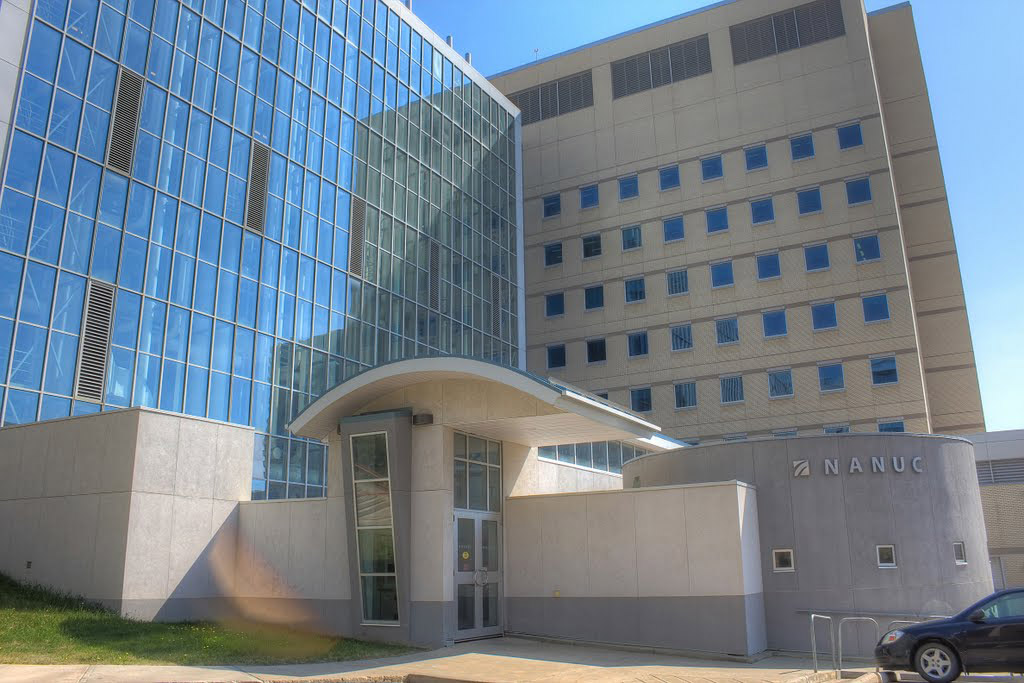Cancer research in Edmonton
Cure Cancer was formed by a group of students and researchers at the University of Alberta in 2016 who wanted to tell the public about their research into ways to improve cancer detection and treatment.
We organize events featuring students, postdoctoral researchers and senior scientists involved in cancer research.
Our vision is to make Edmonton a leader in training the next generation of cancer researchers by encouraging support within the community.
Hundreds of people who are studying many different forms of cancer from across Edmonton have participated in our events featuring local stories.
Presenters are asked to give an engaging short talk, like a TED talk, about their journey and what they are most passionate about in their cancer research.
Suggestions for presenters:
1. Speakers are asked to say a few words of background about themselves to start out.
2. Provide background about the clinical significance or problem that your research is designed to address.
3. Focus on a single story related to your research. Aim to give your best short talk with authenticity (no more than 15 minutes). Reveal a discovery or transformative idea, as well as the struggles to get there.
4. Turn complexity and jargon into plain English. Use accessible pictures or videos. Avoid technical terms and abstraction. Instead, give specific examples and explain.
5. Be passionate. Present obstacles and vulnerabilities, not just successes. Show emotions. People connect with them.
6. Engage with the other speakers and audience.
7. Present a hypothesis or pose a question to stimulate the audience’s imagination and thinking.
8. Don’t read your talk. Notes are ok. Rehearse beforehand to get the timing, clarity and impact right.
Slide guidance
1. A graphic image or video communicates better than text. Avoid crowded collages.
2. Text is not needed. Spoken words communicate more effectively. If text is used, a few lines should suffice. Avoid slides which consist of only a headline and list of bullet-points.
3. Show several slides which each present a single idea, image or data type, and form a progression, e.g. from challenge, opportunity, discovery, reality check, to future plan.
4. Use no more than 1 slide per minute.
5. Keep a clear surrounding margin around text for increased legibility.
6. Sans-serif fonts (e.g. Calibra) are easier to read at a distance than serif fonts (e.g. Times).
7. Use a simple background.
8. Use high-resolution images that are from your work or are licensed, e.g. under Creative Commons, so that your slides can be shared with the public.
9. For data graphs or charts, use a text font size that can be read from the back of a theatre, including labels on x- and y-axes and data points.
10. mail your presentation to us beforehand so that we can combine them and ensure technical compatibility. Feel free to bring your own Flash drive or computer with cable and adapter.


